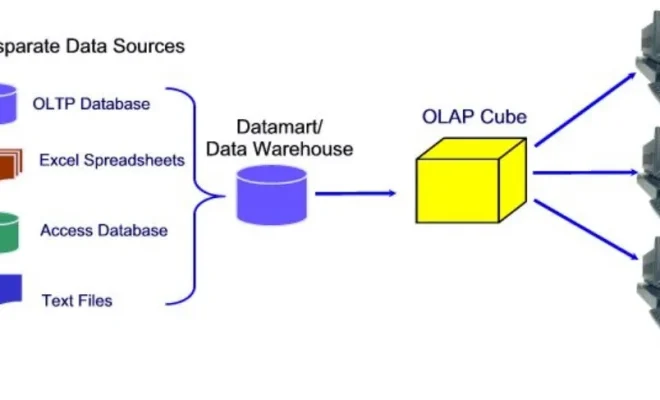Goodyear Oxygene is a living, connected tire

In the ever-evolving world of automotive innovation, the Goodyear Oxygene tire stands out as a glimpse into a sustainable future of mobility. This groundbreaking concept tire, introduced at the Geneva International Motor Show, is not just a marvel of engineering; it embodies environmental stewardship and connectivity that could transform our roads into more ecological and safer spaces.
The Oxygene tire is alive—quite literally—with living moss growing within its sidewall. This living component absorbs moisture and water from the road surface through its unique tread design, enabling photosynthesis to occur. As a result, oxygen is released into the air. According to Goodyear, in a city roughly the size of Paris with around 2.5 million vehicles, this could generate nearly 3,000 tons of oxygen and absorb more than 4,000 tons of carbon dioxide per year—an incredible feat that illustrates how future automotive components can actively contribute to urban air quality improvement.
On top of this remarkable environmental benefit, the Oxygene tire incorporates several futuristic features that leverage modern technology. For one, it is connected—using LiFi (Light Fidelity) technology for high-speed connectivity that allows vehicle-to-vehicle (V2V) and vehicle-to-infrastructure (V2I) communication. This capability ensures the exchange of data at lightning speeds, significantly improving traffic management and reducing accident risks.
Safety too gets an upgrade with this concept tire. The use of LED lighting in the tire sidewall can communicate vital information—like braking or lane changes—to pedestrians and other road users, augmenting on-road safety.
Goodyear hasn’t skimped on durability either. The tire structure is 3D-printed with rubber powder from recycled tires, offering a lightweight yet robust solution while contributing to circular economy principles by reusing worn tires.
Moreover, looking forward to minimizing maintenance woes and extending longevity, the Oxygene uses a non-pneumatic construction. This means it is airless and immune to punctures—offering peace of mind for drivers about flat tires being a thing of the past.
Beyond these innovative features, Goodyear’s Oxygene tire also employs energy generation as part of its design. The photosynthesis process helps generate electrical energy that powers its embedded electronics including sensors and LiFi connectivity hardware.
In essence, Goodyear’s Oxygene exemplifies how modern technology can intersect with natural processes to deliver solutions that promote cleaner air, enhanced safety, and advanced mobility connectivity. Though still in concept phase as of my last update knowledge in early 2023, its potential for reshaping urban environments makes it an exciting development worth following for future real-world applications.



